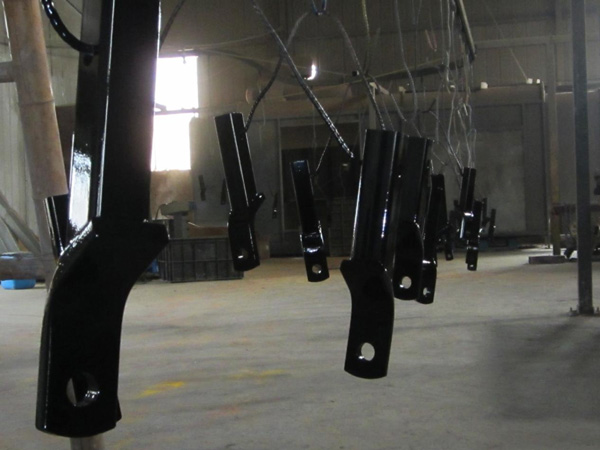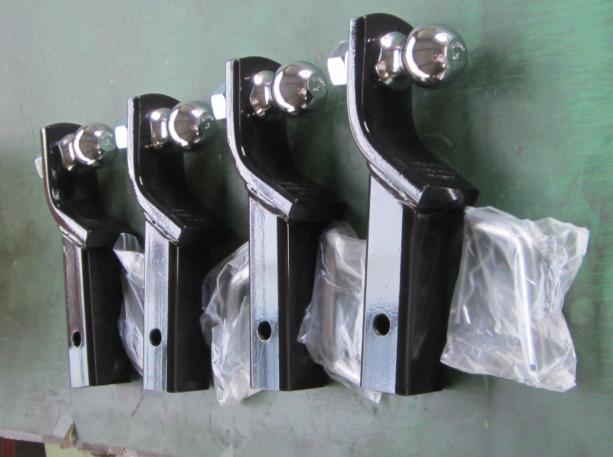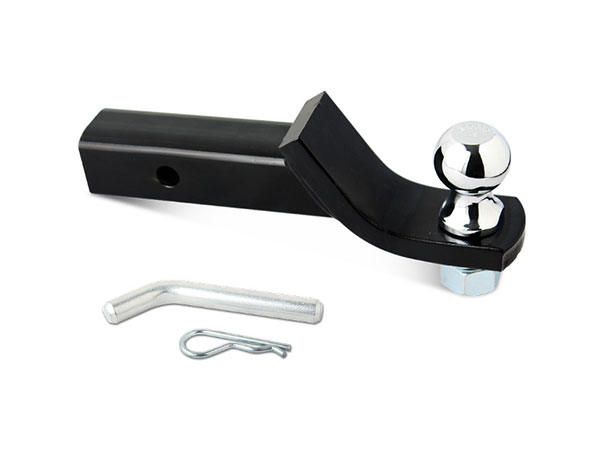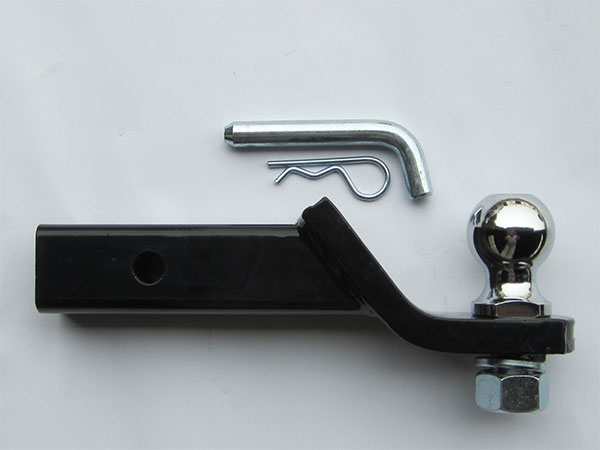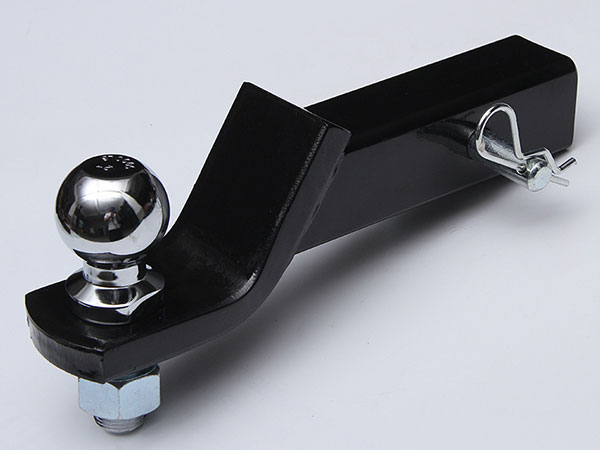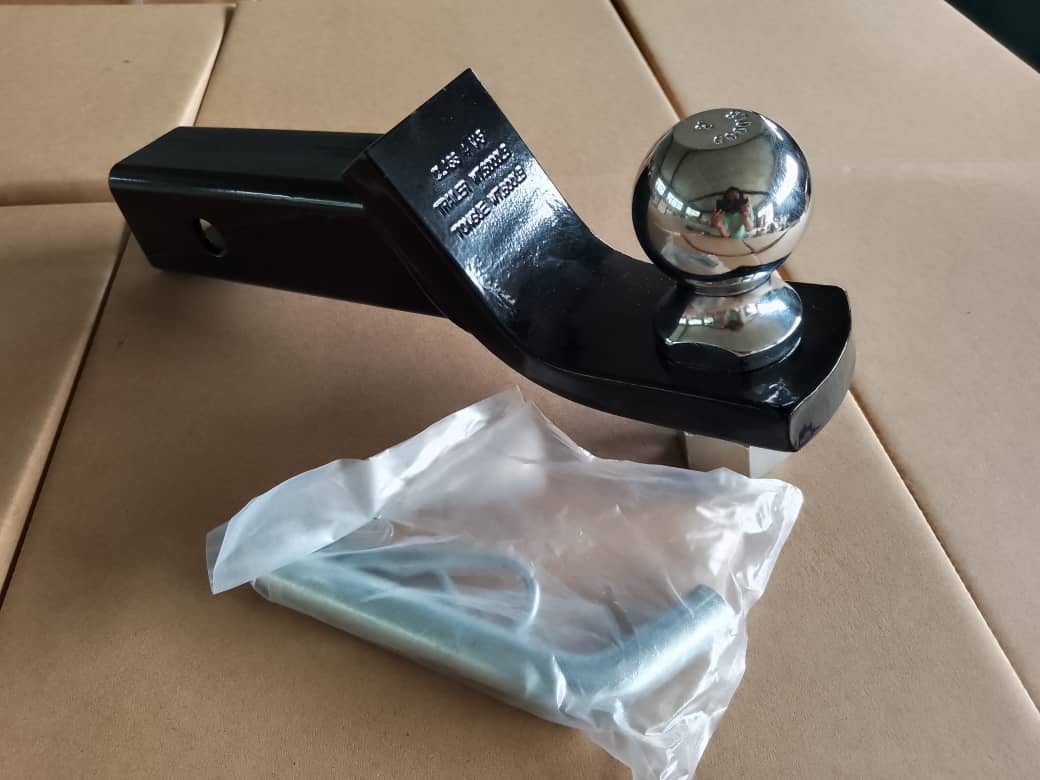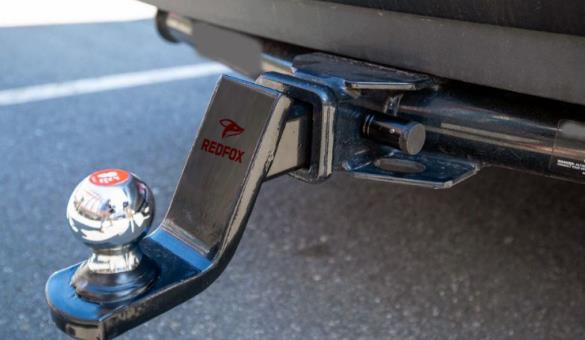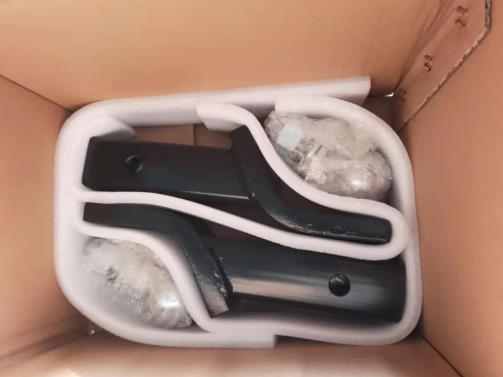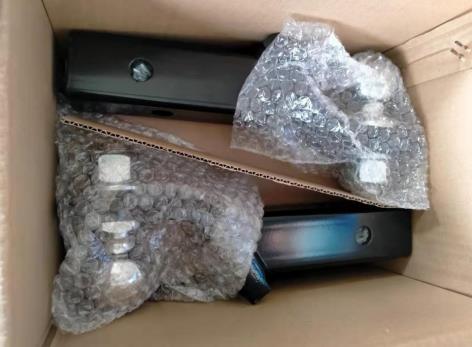Ball Mount Hitch
Our Towing Starter Kits Advantages
Convenience: Towing starter kits come with all the necessary components to begin towing a trailer. This makes it easier and more convenient for individuals who are new to towing.
Safety: Towing starter kits ensure that all the necessary components are properly fitted, reducing the risk of accidents while on the road.
Quality: Most towing starter kits are made out of high-quality materials, ensuring durability and longevity.
Compatibility: Towing starter kits are typically designed to fit a variety of towing vehicles, making it easier for individuals to switch between different vehicles while towing.
Cost-effective: Purchasing a towing starter kit is usually more cost-effective than buying each component separately.
Towing Starter kits
Towing starter kits usuaully includes one trailer ball, one trailer ball mount, and one pair of hitch pin clips, they can be installed together and packaged in one display box. To save cost and space, several pieces towing starter kits can be packaged in same one carton. Towing starter kits drop size, rise size, towing capacity different, it depends on customer's need.
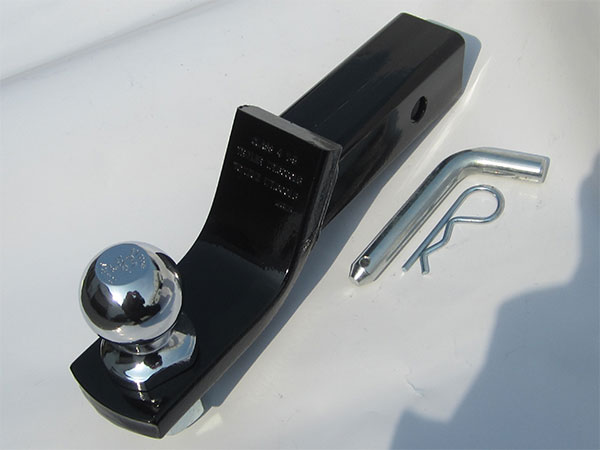
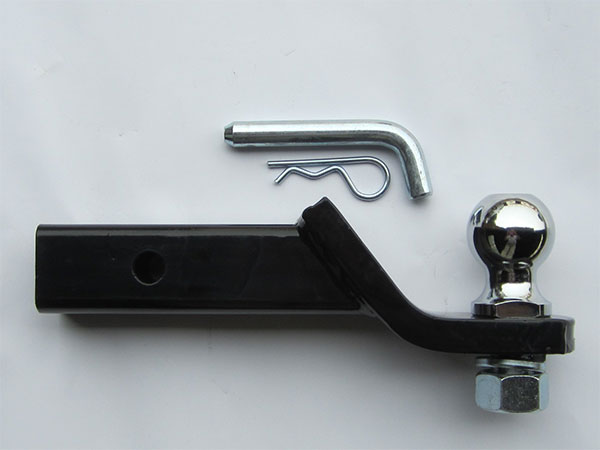
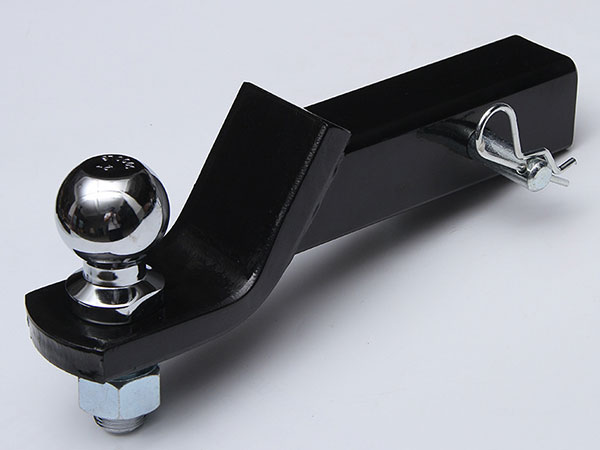
Product Details
Tow Starter Kit Capacity 5000lbs/6000lbs/7500lbs Includes Hitch Ball & Hitch Pins
Total 8-1/4 inches Length and a 2-inch x 2-inch shank fits virtually any industry-standard 2-inch hitch box Receiver. Rated to tow 6,000 pounds gross trailer weight and 750 pounds tongue weight.
3-1/4 inch drop and 2 inch rise shank,coated with durable gloss powder finishing.
2 inch or 50mm diameter ball polished chrome plating. Resist from rain, dirt, snow, road salt and other corrosive threats.
5/8 inch pin hole and clip, tightening the trailer allows your trailer to be coupled immediately.
Package:Standard Starter Kits come complete with ball mount, hitch ball, pin and clip.
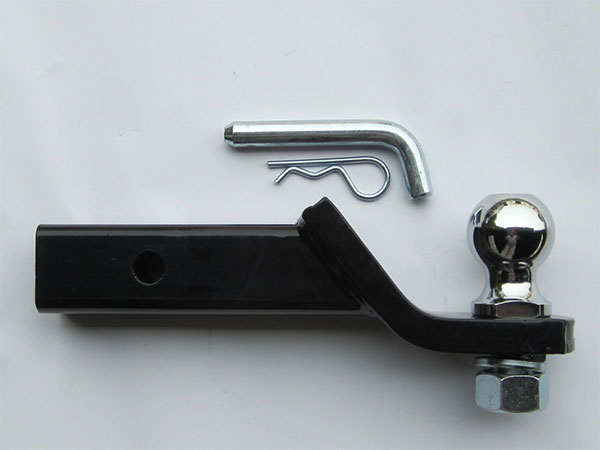
Product Package
6 units/CTN or 2 units/CTN or one unit in one display box,
The trailer ball can be installed tightly or not installed.
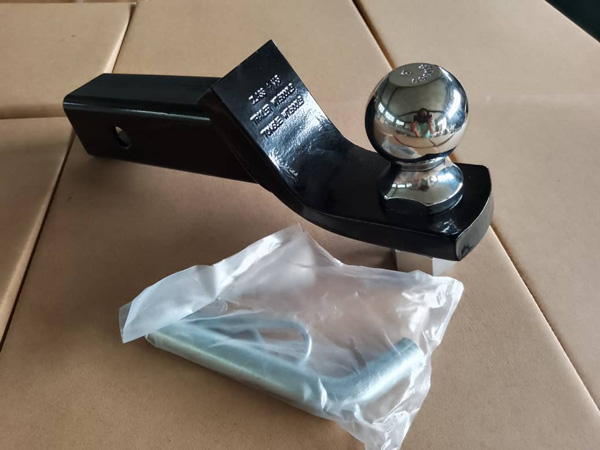
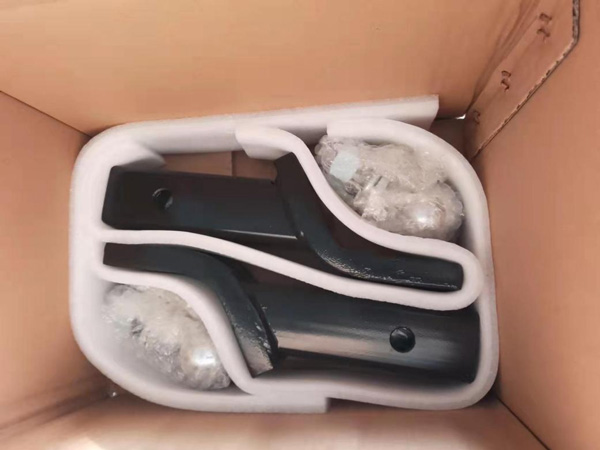
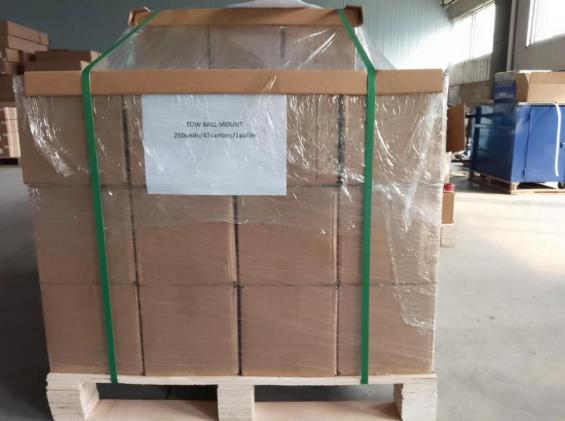
Product Application
Towing starter kits are used to efficiently and safely tow trailers behind your vehicle. These kits typically include a hitch, ball mount, hitch pin, and wiring harness.
To apply a towing starter kit, you will need to follow these steps:
1. Choose the appropriate towing starter kit for your vehicle and trailer.
2. Install the hitch onto your vehicle according to the manufacturer's instructions.
3. Attach the ball mount to the hitch using the hitch pin.
4. Attach the trailer to the ball mount.
5. Connect the wiring harness to your vehicle's electrical system and test all lights and brakes to ensure they are functioning properly.
6. Adjust the weight distribution and height of the ball mount to level the trailer and ensure proper weight distribution.
7. Always double-check all connections and safety features before heading out on the road.
It is important to use the appropriate towing starter kit for your vehicle and trailer to ensure safe and effective towing. If you are unsure about which kit to use or how to install it, it is recommended to consult with a professional mechanic or towing specialist.
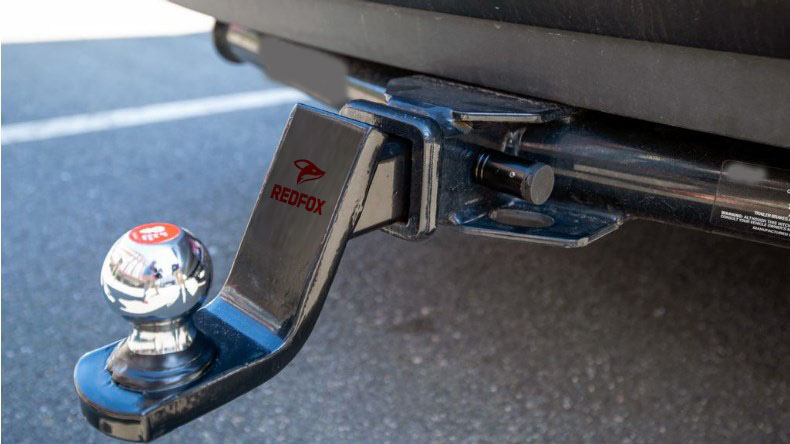
Production Process
The production process for towing starter kits can vary depending on the manufacturer and type of kit being produced. However, here is a general overview of the process:
1. Design and Engineering: Before manufacturing begins, the towing starter kits are designed and engineered using computer-aided design (CAD) software. This involves deciding on different materials and components to be used.
2. Material Procurement: After the design is completed, materials such as steel, aluminum, and synthetic materials are procured for the production process.
3. Manufacturing: The manufacturing process typically starts with cutting and shaping the metal or synthetic materials to the correct size and shape. Then, the parts are welded, bolted or screwed together to form the main components of the towing starter kit.
4. Assembly: After manufacturing is complete, the parts are assembled into the finished towing starter kit product. This may involve attaching the hitch ball or other accessories such as lights and wiring harnesses.
5. Testing and Quality Control: Once the towing starter kit is assembled, they are tested to ensure they meet industry standards for size, strength, and safety. The quality control process varies between manufacturers.
6. Packaging and Distribution: Once the towing starter kits have passed through quality control, they are packaged and prepared for distribution to retailers or end-users.
Overall, the production process of a towing starter kit requires precise engineering, careful material selection, and attention to detail in both manufacturing and quality control. It's crucial for manufacturers to ensure that their products are safe and reliable; proper production processes can lead to higher-quality towing starter.
